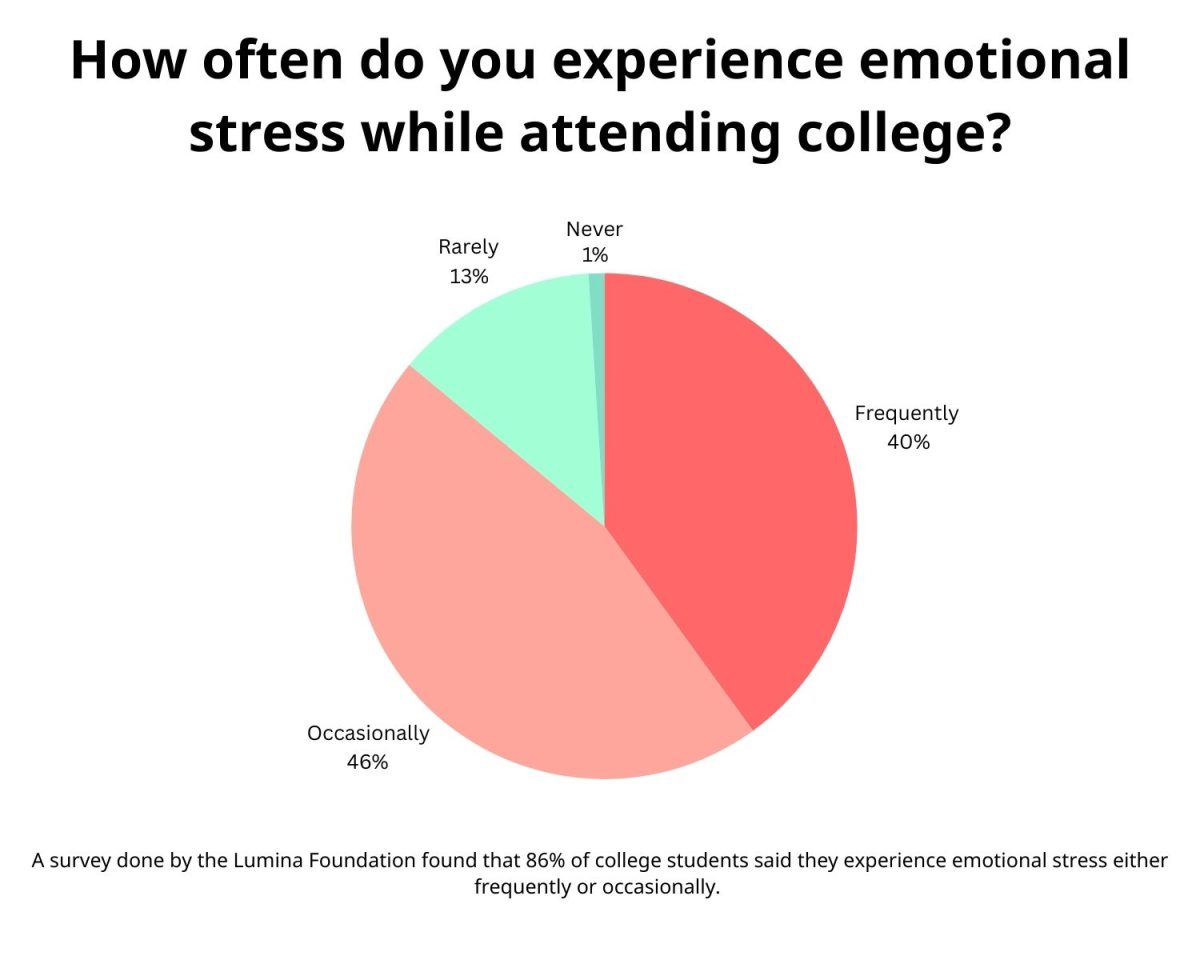There will always be the occasional movie night. Regardless of genre, nothing fulfills the desire for a compact story, hot popcorn and a night off like a great film. Picking the right option sets the mood, especially when watching with others. If the choices are narrowed between a comedy or a horror film, the go-to pick should always be the scary movie. A solid laugh works until it fails, but a bad horror film is infinitely better than a terrible comedy. It all relies on preference, but many reasons prove the better selection is the thriller.
Sir Alfred Hitchcock, the influential film director, shared his thoughts in a 1949 issue of Good Housekeeping about the need for fear.
“(Without fear) The boys will never be able to ride a roller coaster, or climb a mountain, or take a mid-night stroll through a graveyard,” Hitchcock says.
The master of early horror knows how necessary fear can be in someone’s life. Existence offers plenty of funny moments, but sheer terror rarely occurs in our average day to day. Where humor appeases intellect or immaturity, fear holds root in our very nature. Without that rush, our views become complicit and stuck in a rut of comfortable docility. We need frightening situations, as they derive from a primal fear for our own mortality, and audiences agree. According to The Numbers, 2018 saw horror surpass comedy to become the fourth highest grossing genre in America.
Both genres offer a unique take on the creative medium of film. Comedy relies on absurd or humorous references to daily life. It also tends to get away with lazy storytelling because the jokes are funny. Horror has to work harder to earn the audience’s respect, as most stories are not based on reality. Comedic situations are relatable but running in terror is not. Having to construct a story that cannot happen requires extra effort. Horror relies on atmosphere, design, lighting, sound and tension. By comparison, it provides far more character than funny dialogue or wacky actions.
Even the best comedy, regardless of antics, tends to involve drama. Comedic segments trudge through serious characters reacting to absurdity like scolding parents. A bulk of comedy relies on misery at the expense of those joked about, leaving an edge to the material. Some writing is brilliantly executed, but there is a level of pain behind the laughter. Great examples include the film work of Bo Burnham, George Carlin, Chris Farley and Robin Williams. After transitioning from stand-up to movies, their material warped into crowd-pleasing studio investments.
Horror may be graphic but there is no definitive proof of the genre inciting violence. Dozens of studies have tested this theory for decades, all indicating that there is no correlation. Those opposing violence, either in graphic video games or movies, fear future values. Katherine L. Milkman, with The Washington Post economists Gordon Dahl and Stefano DellaVigna, discovered for every million people who view a violent film, crime decreases nationwide by 1.2%. Horror teaches viewers to face their fears, giving them the ability to tackle future tension. The viewer feels something not felt on a daily basis, satiating their macabre views. Violent movies satisfy our inner cravings for thrills and avoids the time people might spend with drugs, alcohol and other criminal activities. At the end of the day, some people want to see something completely twisted or disturbing. The lack of a creative outlet is far worse than allowing this genre to get away with letting a few heads roll.
Timing is a tricky aspect for both genres. Whereas horror films have tropes and pacing issues, comedies rely on reactions. Because of this, most setups become predictable trying to make the audience laugh. Horror can be predictable too, but it does not require a setup. Tropes allow the audience to enjoy the tension-building aspect toward the climax. These setups even spawned the “Scary Movie” franchise, spoofing common horror tropes and clichés. There is clear correlation between how the timing occurs in both genres.
These genres are alike in more ways than they are different. Comedy in horror films allows the audience to breathe. It also adds tension after the audience let their guard down. The comedic elements in “Get Out” balance the pacing and offer relief from the tension. “Beetlejuice,” “Tucker & Dale vs. Evil” and “The Evil Dead” successfully blended both genres. Mixing the two together was not expected to work, but audiences enjoy elements from both.
When faced with the option between the two, nobody should have to pick for you. It all depends on how you would like to spend your time. Horror has given us classics like “Alien,” “Jaws,” “The Exorcist” and “The Shining.” Comedy films are usually hard pressed to remain relevant for several decades. Occasional outliers exist, but stronger options exist within the scary realm of cinematography. Due to these reasons, go for giving the spookier film a try.







